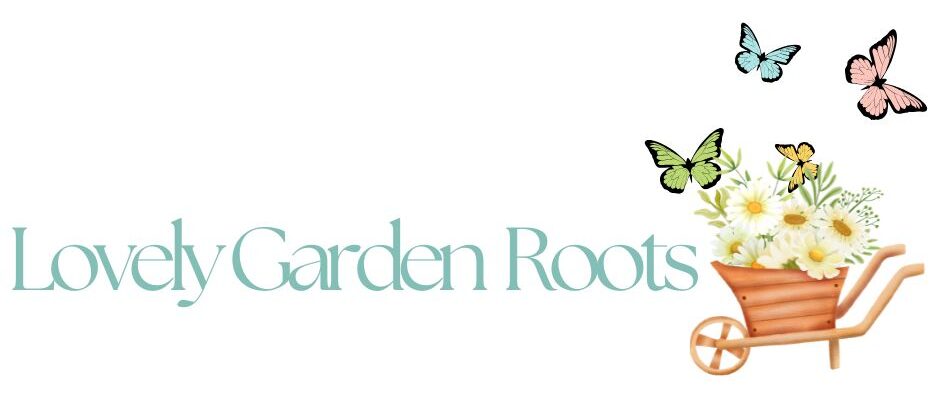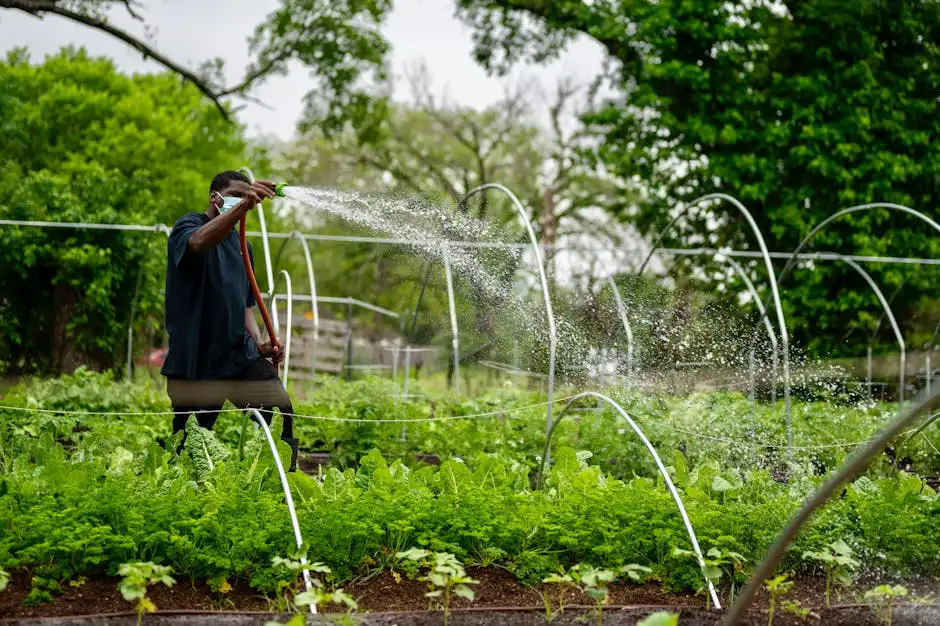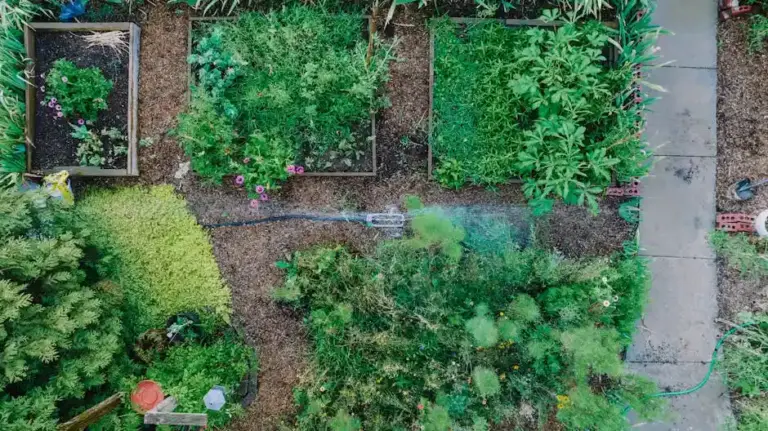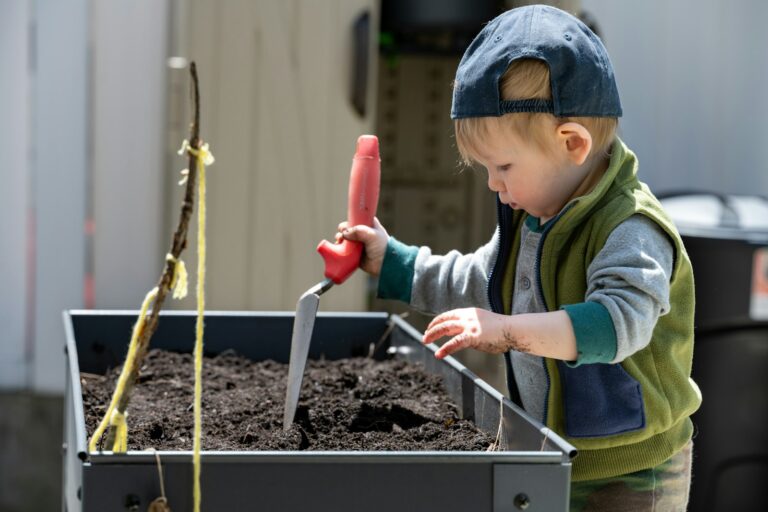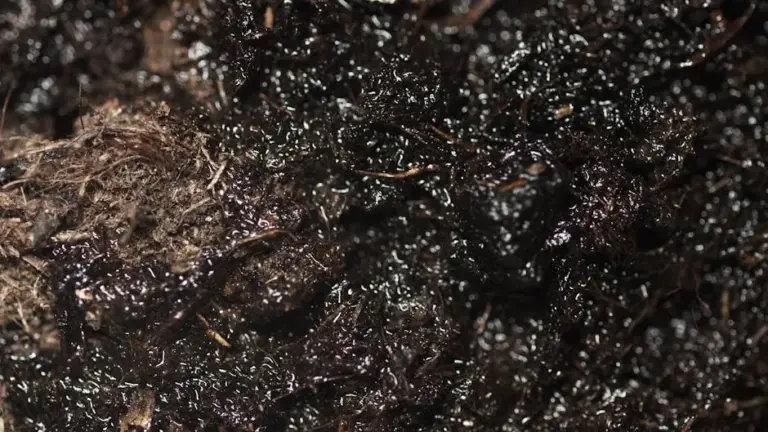How to Create a Simple Watering Schedule That Works for Healthy, Thriving Plants
Watering your plants regularly is essential to keep them healthy, but it can feel overwhelming to figure out how often and how much to water. Creating a simple watering schedule helps you stay consistent without guessing or stressing. A good watering schedule balances your plants’ needs with your routine, making plant care easier and more effective.
When you have a plan in place, you can avoid both overwatering and underwatering, which are common problems for gardeners. This article will guide you in setting up a straightforward watering routine that fits your lifestyle and supports your plants throughout their growth.
Assess your plant types and their specific water needs

Start by identifying the types of plants you have. Each plant species has different water requirements, so knowing what you’re working with is essential.
Some plants need consistently moist soil, while others prefer to dry out between watering. Understanding these preferences helps you avoid overwatering or underwatering.
Consider factors like whether your plants are native to dry or humid environments. This will guide how often and how much water they need.
By matching your watering habits to your plants’ needs, your garden will stay healthier and happier. It also makes caring for them simpler and more effective.
Check local climate and seasonal weather patterns
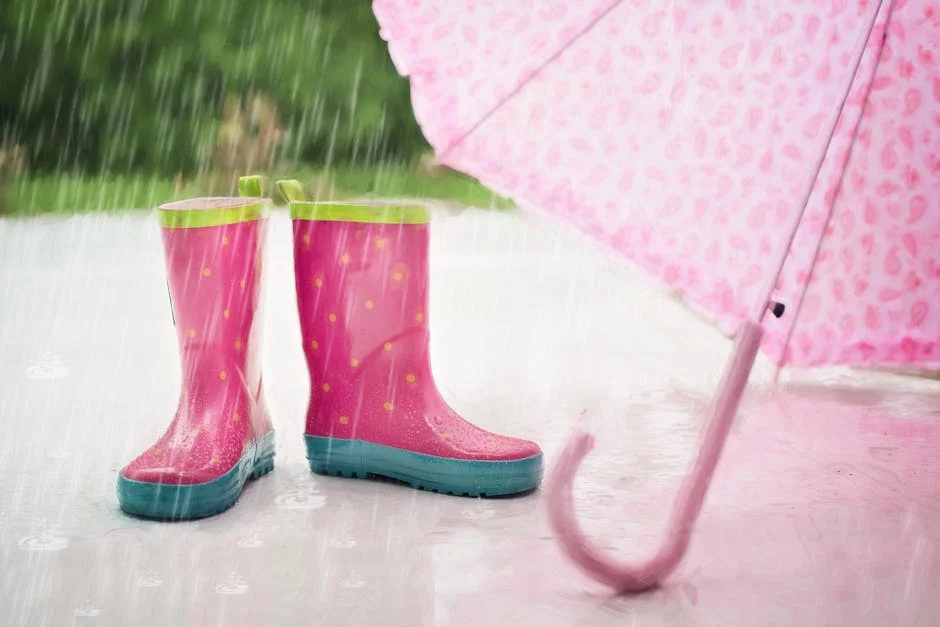
Start by learning about your local climate. Knowing average temperatures, rainfall, and how long dry periods last helps you adjust your watering.
Keep an eye on seasonal changes. You’ll likely need to water more during hot, dry months and less when it’s cooler or rainy.
Use weather forecasts or apps to track upcoming conditions. This way, you avoid overwatering before rain or underwatering during heatwaves.
Adjust your schedule as the seasons shift. Your plants’ needs will change, so stay flexible and respond to actual weather patterns in your area.
Measure soil moisture before watering
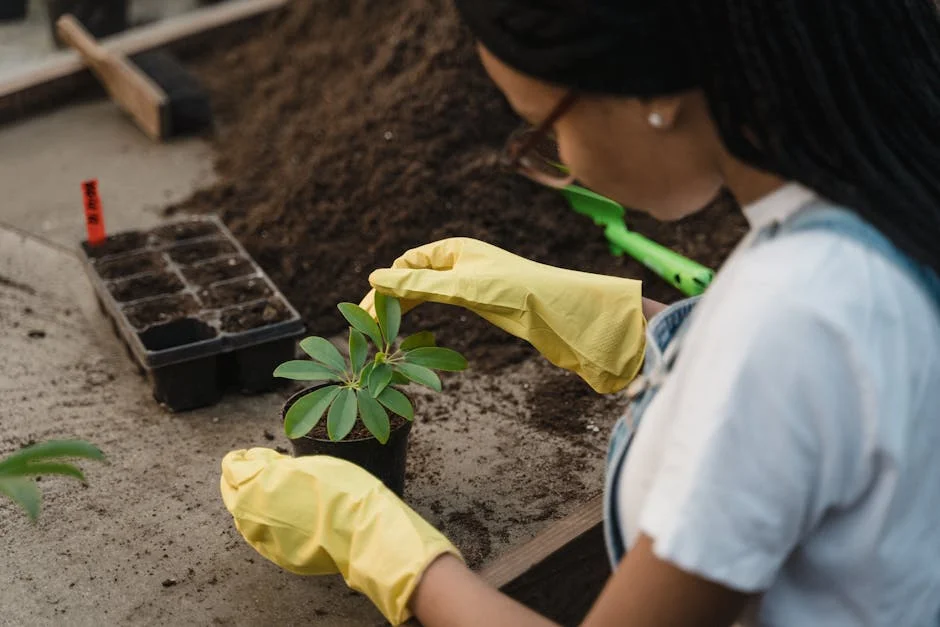
Before you water, check the soil moisture to avoid over- or under-watering your plants. You can use a simple soil moisture meter by inserting its probe into the root zone. Take readings in a few spots to get a reliable idea of how wet your soil really is.
If you don’t have a meter, you can feel the soil about an inch deep. If it feels dry, it’s probably time to water. If it’s still damp, hold off for a day or two.
Checking soil moisture regularly helps make your watering schedule more accurate and keeps your plants healthier.
Water early in the morning or late in the evening

Watering your plants early in the morning is ideal because the temperatures are cooler and winds are calmer. This helps water soak into the soil before the sun rises high, reducing evaporation.
If mornings don’t work for you, watering late in the evening is a good alternative. The soil stays cooler, and less water evaporates compared to daytime watering.
Avoid watering in the heat of the day because much of the water will evaporate quickly. Sticking to morning or evening watering helps your plants get the moisture they need efficiently.
Use drip irrigation or soaker hoses for efficiency
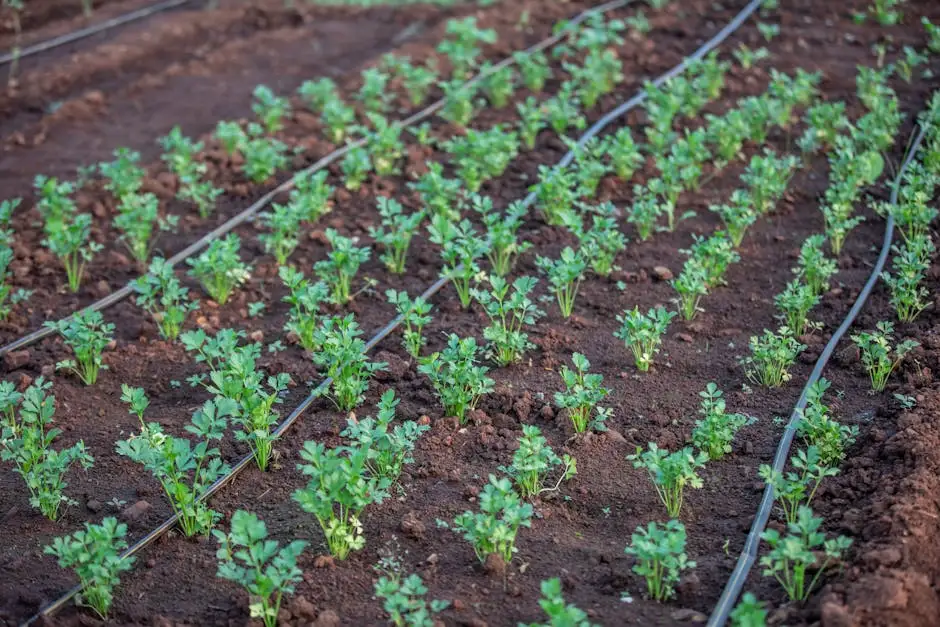
You can save time and water by using drip irrigation or soaker hoses. Both deliver water directly to the soil, reducing waste and keeping plants healthy.
Drip irrigation offers precise watering right at the roots, which helps plants absorb moisture better. It’s also durable and good for gardens with varying plant placements.
Soaker hoses slowly seep water through tiny pores, soaking the soil evenly. They’re simple to set up and work well if your garden layout changes often.
Either option helps reduce weeds and prevents water from sitting on leaves, cutting down on fungal diseases. Choose the one that fits your garden needs to make watering easier.
Group plants with similar water needs together
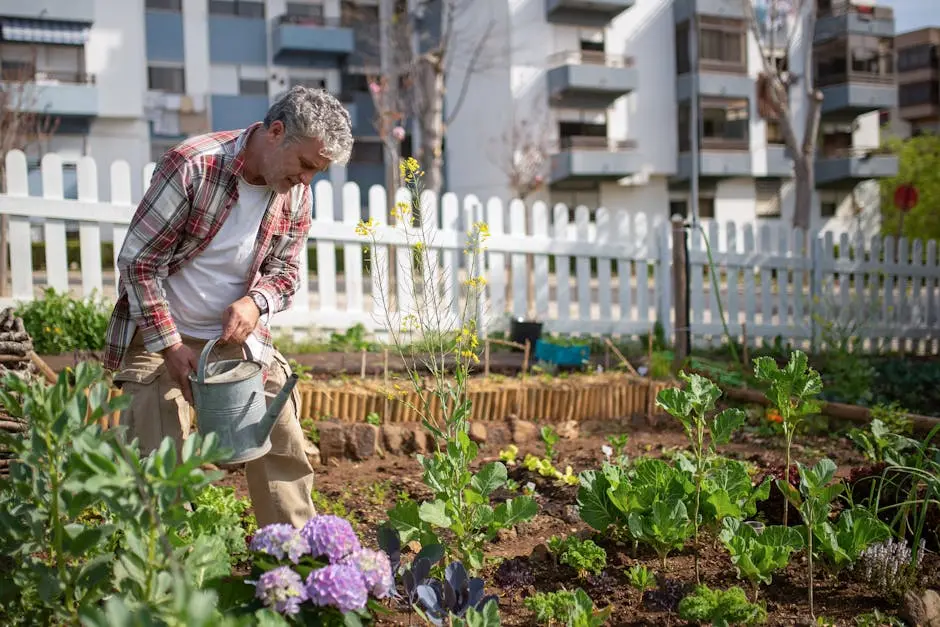
Grouping plants with similar water needs makes your watering schedule much simpler. When you water, you can focus on one group at a time without worrying about under- or over-watering.
This method, sometimes called hydrozoning, helps you save water and keeps your plants healthy. For example, plants that need weekly watering can go together, while those needing daily care stay in another spot.
By organizing your garden this way, you’ll also find it easier to set up irrigation systems tailored to each group’s needs. It’s a smart and friendly way to manage your garden without extra hassle.
Apply mulch to retain soil moisture
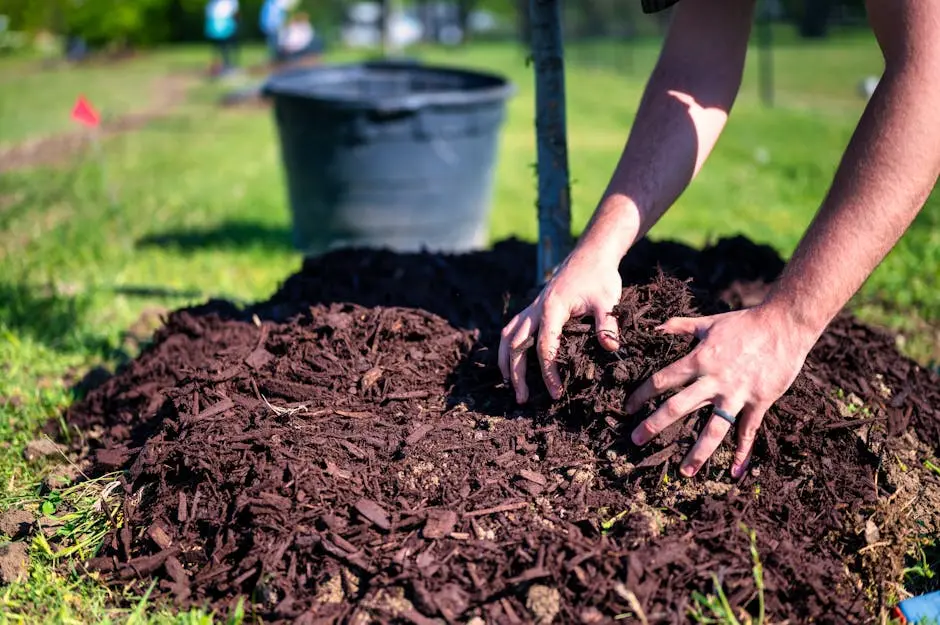
Mulching is a great way to help your soil hold onto moisture. When you cover your garden with mulch, it reduces evaporation, so your plants need less frequent watering.
Apply mulch after watering or rain while the soil is still moist. This locks in the moisture and keeps the soil cooler during hot days.
Choose organic mulches like wood chips, straw, or leaves if you want extra benefits like improved soil health and temperature regulation. Remember to mulch before winter to protect moisture during colder months.
Adjust watering frequency based on growth stages

You should increase watering when your plants are young or actively growing. Seedlings and new growth need consistent moisture to develop strong roots.
During flowering or fruiting stages, your plants often require more water to support energy demands. Pay close attention to soil moisture and adjust accordingly.
When plants enter dormancy or slower growth phases, reduce watering. Overwatering at this time can harm your plants. Always check the soil before watering to avoid underwatering or overwatering.
Create a weekly watering calendar
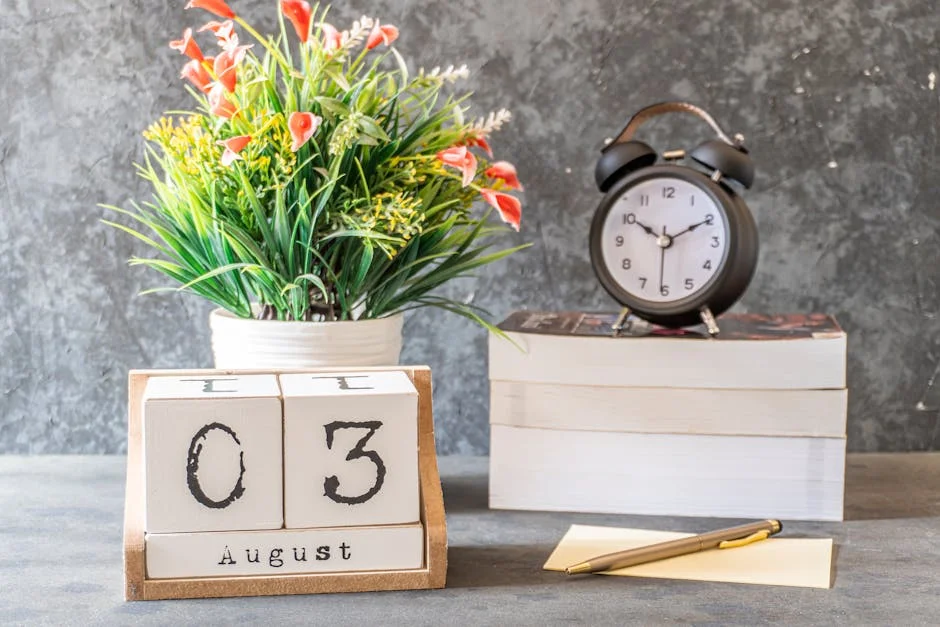
Start by listing all your plants and noting how often each needs water. Some may need watering every few days, while others only once a week.
Use a calendar or planner to mark specific days for watering each plant. This helps prevent overwatering or forgetting.
Adjust your schedule based on weather and season. If it rains, you can skip watering that day, and in hotter weather, plants may need more frequent care.
Keep the calendar visible and update it regularly. This will make caring for your plants simpler and more consistent.
Use rainwater collection to supplement watering
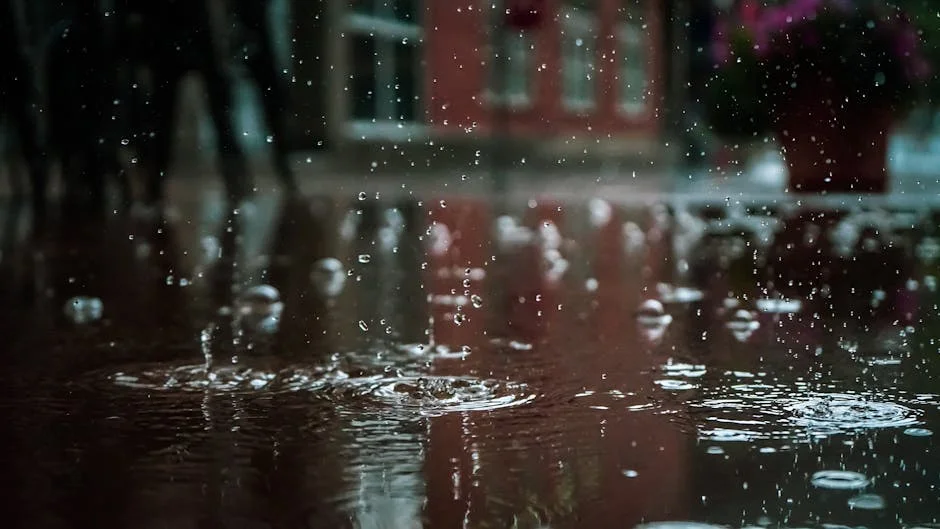
You can collect rainwater using simple barrels or tanks connected to your roof gutters. This stored water helps reduce your reliance on tap water for watering plants.
Using rainwater is gentle on your garden because it’s free of chemicals found in treated water. You can connect your barrels to drip irrigation or soaker hoses to deliver water directly to plant roots efficiently.
Rainwater systems can be scaled to fit your needs, from a single barrel to multiple tanks totaling hundreds of gallons. This helps maintain your watering routine during dry spells without increasing water bills.
